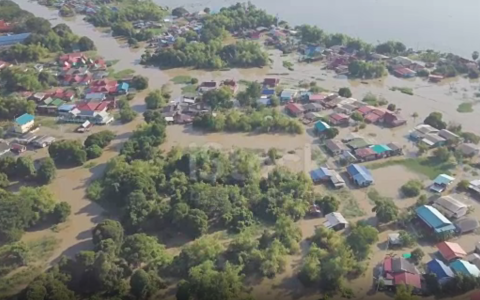These are critical times
The dwindling of the Earth’s energy, water and food resources, within the context of global warming and geopolitical instability, poses a threat to humanity on a scale that might have been unimaginable. Yet we have been there before. Again and again and again.
David Murrin began his career as a geophysicist with a passion for military history and went on to become a leading market analyst and fund manager. He has developed what might be called a ‘grand unifying theory’ of the social and political dynamics that have propelled us from the first human civilisations to our present perilous position.
In this prescient book of astonishing breadth – the culmination of decades of personal research across a wide range of disciplines – Murrin offers a conclusion as brilliant in its simplicity as it is complex in its workings. Human behaviour, he argues, is not random, but determined by specific, quantifiable and predictable patterns fuelled by our need to survive and prosper. As individuals and collectively, we have been governed for thousands of years by unconscious responses that repeatedly mire us in catastrophe.
According to Murrin, to resolve the issues confronting us today we cannot merely study the past. We also need to understand the precise algorithm of behaviour that has caused us to re-enact the same destructive cycles in ever-greater magnitudes.
Murrin takes the reader on a journey from the first civilising impulses of early humans to the modern era, offering evidence of how civilisations develop, wax and wane in a five-stage replicating process. These ‘Five Stages of Empire’ are repeated the world over as regional powers accumulate resources, expand, mature, overextend and finally decline, no longer able to master the supply of finite resources that feed imperial ambition.
Set within a framework informed by careful analysis of geopolitical strategy and commodity theory, Murrin’s masterful thesis is also a work of prophecy. His starting point is the slow decline of the American empire juxtaposed with the rapid and accelerating ascent of China. From there he shows us a world in which new and surprising alliances will render today’s international relations obsolete – with religious polarisation, war, disease and climate change acting as additional, dangerously combustible factors. Yet, he argues, we can save ourselves, as long as we take the necessary first steps towards consciousness.
The philosopher George Santayana famously wrote: ‘Those who cannot remember the past are condemned to repeat it.’ Murrin takes this idea further. We must not only remember the past, he says, but understand it. Only by deciphering the code of history and breaking age-old patterns can we transcend our destructive cycles and rise to the immense challenges facing humankind.
The Five Stages OF Empire

The Five Stages of Empire - a model of the growth and decline of civilisations can provide a way both to understand history's "big picture" and accurately assess current and future geopolitical environments. To illustrate the influence and power projection of an empire, Figure 4 (right) uses a graphical representation of the Five Stages similar to a Gaussian curve - a statistical probability distribution of data around an average. Empires are not all the same, of course, but the majority of them exhibit similar distribution, peaking at about 60-70 percent along their lifecycles. The Five Stages of Empire, then, are as follows:
- Regionalisation
- Ascension to empire
- Maturity
- Overextension
- Decline and legacy
These five stages can be compared to the human lifecycle, beginning with birth and a period of nurturing and followed by independence, self-expression and the manifestation of one.s capabilities in the world. A peak is reached, say, after four or five decades; if it could be measured, it would comprise a mixture of wealth, energy, health, contentment, power and creativity. Finally, the decline toward death begins, completing the cycle.
As an empire grows, the world around it tends toward unipolarity, until at its peak it comes to dominate its surroundings. Then, as it declines, there is a trend toward multipolarity as it weakens and its neighbours strengthen.
Empires embody a critical dynamic balance between investment, defence, consumption and protectionism. The first two characteristics dominate the growth phases of an empire, as the rising power seeks to build its future and ensure its growth and survival. The third and fourth characteristics become dominant during the contractive phases, when the priority is protecting the status quo and maintaining a high standard of living, not investing in the future. (A comparison can be made with an elderly person who generally does not invest in his or her future, but instead consumes during the last years of life.)
As I have discussed, demographics lie at the heart of an empire's growth, and provide a measure of its energy, predisposition to risk and value system. Moreover, all empires display a social composition divided between the core population and the workforce that has freed it to focus on expansion. As we have seen, in ancient times slaves and serfs filled this role. Since the abolition of slavery in the West, they have been replaced by indentured labour, colonial subjects and the working classes.




















